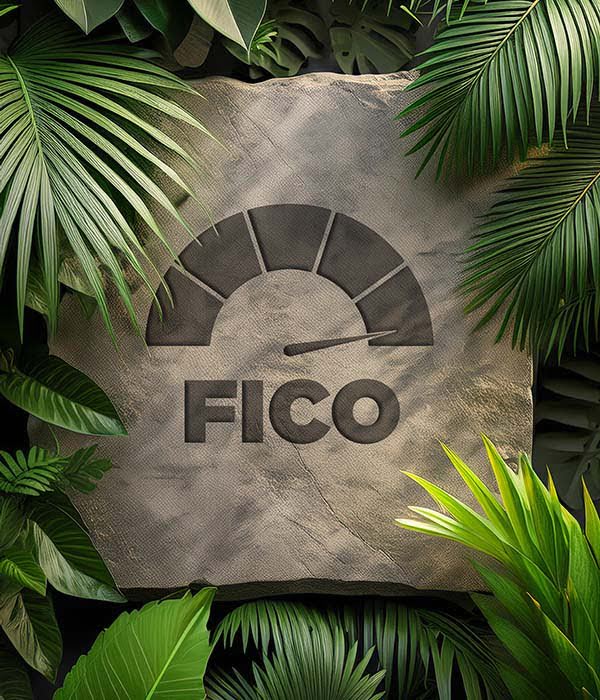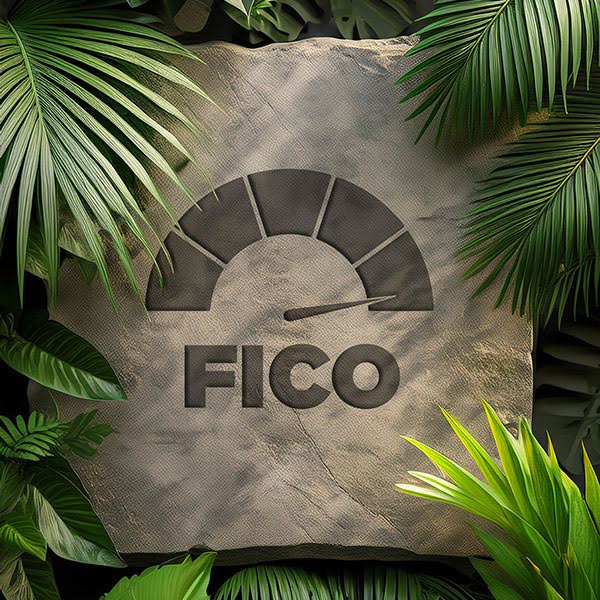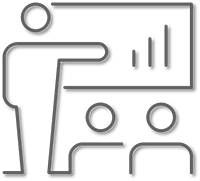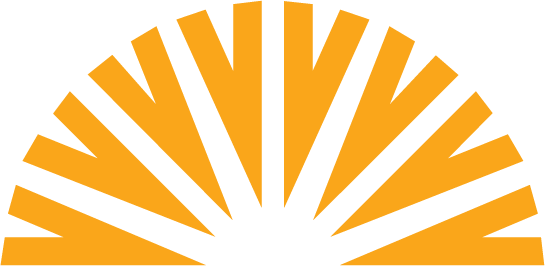What Is Credit?
“Credit” means borrowed money. But it’s more than just a loan—it’s a key to unlocking opportunities! When you use credit, you’re borrowing money with a promise to pay it back. This process helps you manage expenses, make larger purchases, and even build a financial history. Understanding credit is like learning the rules of a new game; once you know how it works, you can play it to your advantage and set yourself up for financial success.


The Credit Dictionary
Credit Card – A payment card used to purchase items with borrowed money.
Credit Report – A detailed report of the borrower’s repayment history including loans, credit cards, and other bills. It will also include if the loan is paid off or still open, and how many on-time or late payments have been made.
Credit Score – A number grade based on the borrower’s credit report that is used to quickly decide if someone is a reliable borrower or not. Credit scores can range from 300 to 850.
Credit Limit – the maximum amount that is allowed to be charges on a revolving loan (credit cards or lines of credit).
Other Terms
Lender – The person or institution lending the money to a borrower.
Borrower – You. The person borrowing money from a lender.
Principal – The initial amount of money borrowed that must be paid back to the lender.
Interest – The cost of borrowing money. Interest is paid back over the term of the loan. The longer the term, the more interest you will pay. The interest rate is the percentage of the loan that you will be charged for borrowing the money.
Secured Loan – Loans such as home loans or car loans that are based on the value of an asset. The lender will hold the title to the item as collateral until the loan is paid off.
Unsecured Loan – Loans such as credit cards, personal loans, student loans, or lines of credit. Unsecured loans often have a higher interest rate because of the greater risk due to no collateral. Having good credit history helps lenders feel confident giving these types of loans.
Collateral – An asset that a borrower offers the lender in exchange for a loan. If the borrower fails to make payments on the loans with collateral, the lender can take the asset.
Debit Card vs Credit Card – A debit card allows you to spend money directly from your checking account, while a credit card lets you borrow money up to a certain limit to make purchases, which you then repay later.
Line of Credit – Allows the borrower to access funds up to a predetermined limit for purchases or debt consolidation.
Minimum Payment – The smallest amount of money that is owed each month to pay back the loan, including principal and interest.
Co-Signer – A co-signer, often a family member or friend, signs the loan when the borrower has a low credit score or insufficient credit history.

